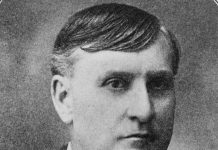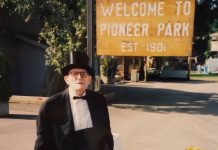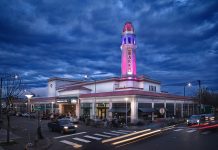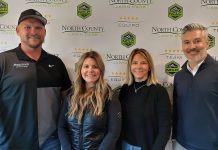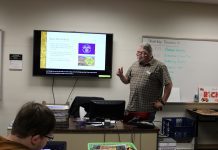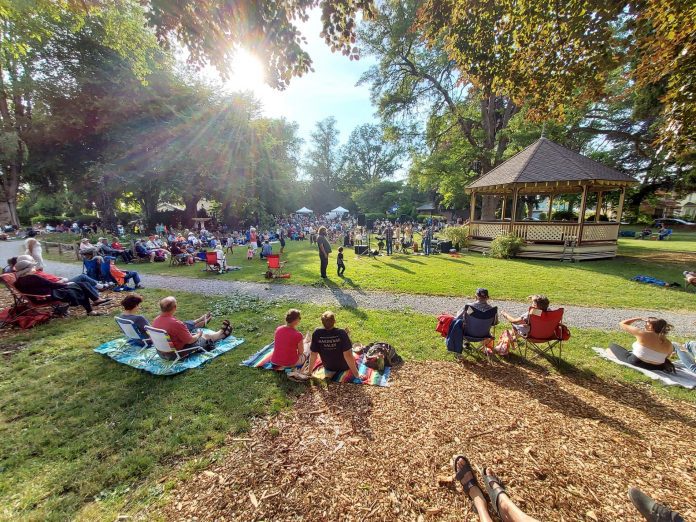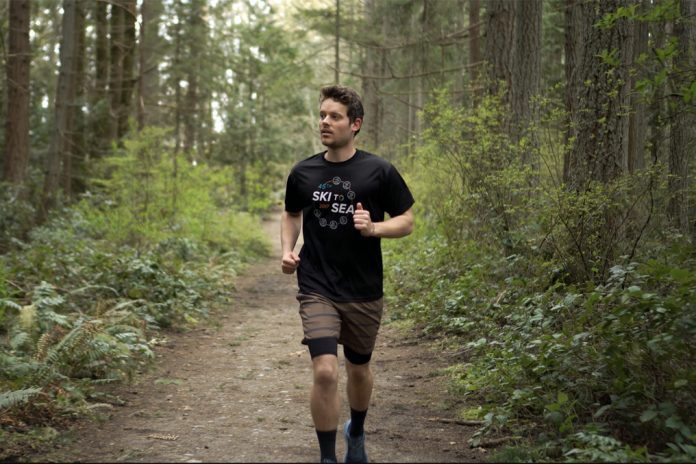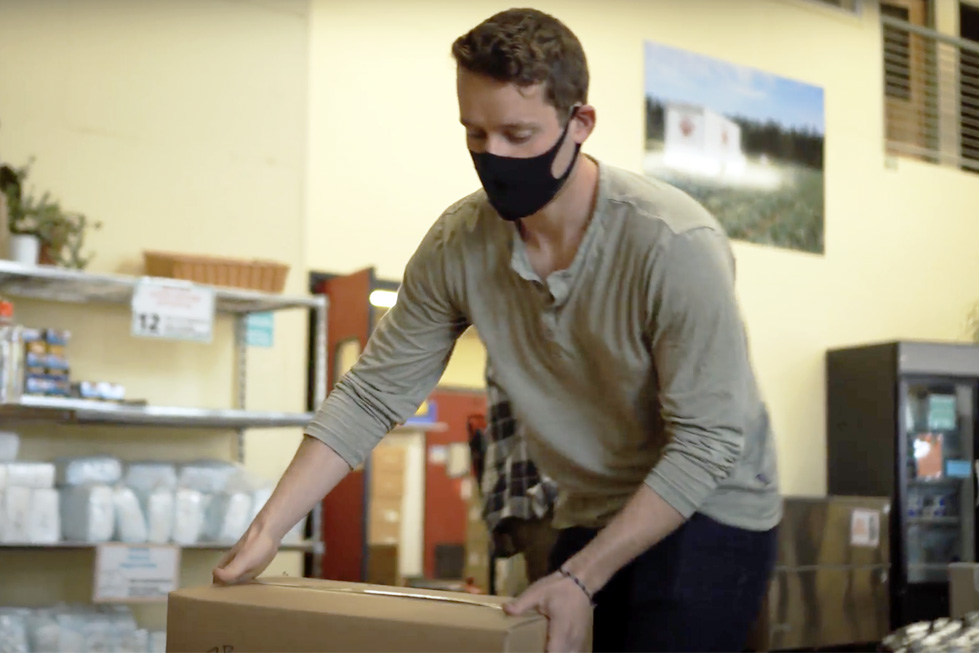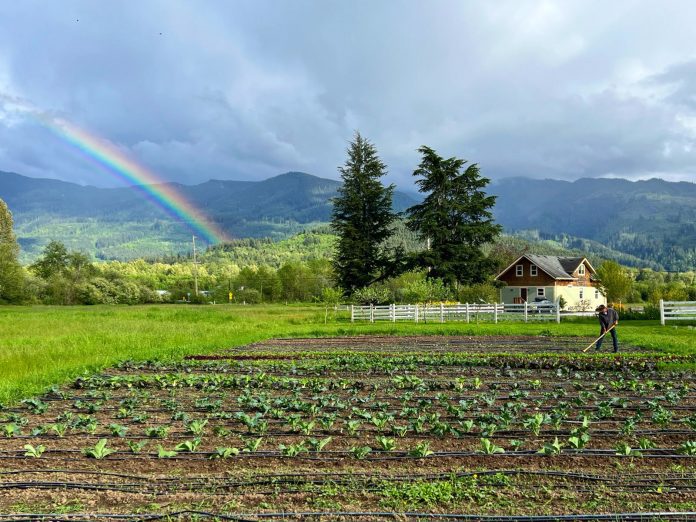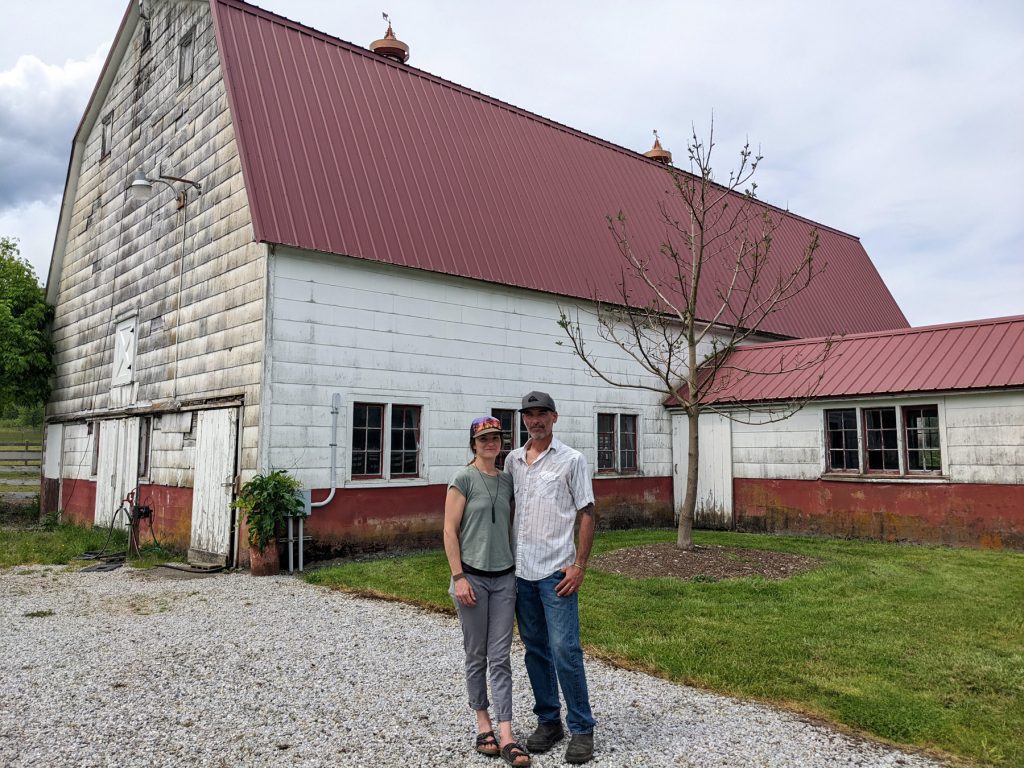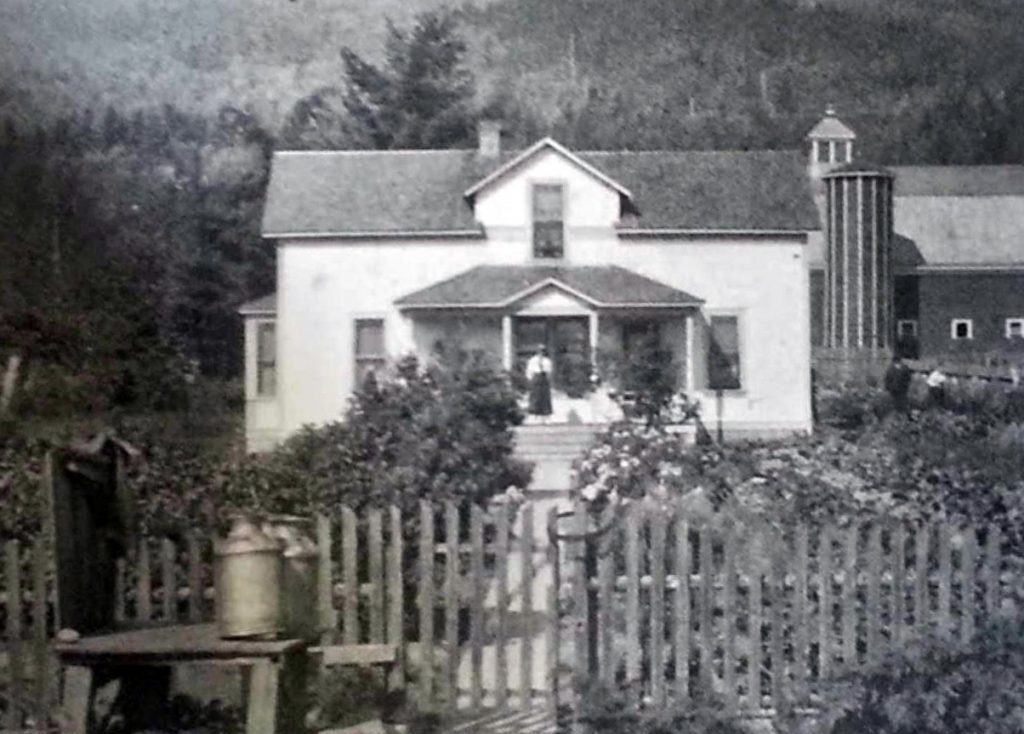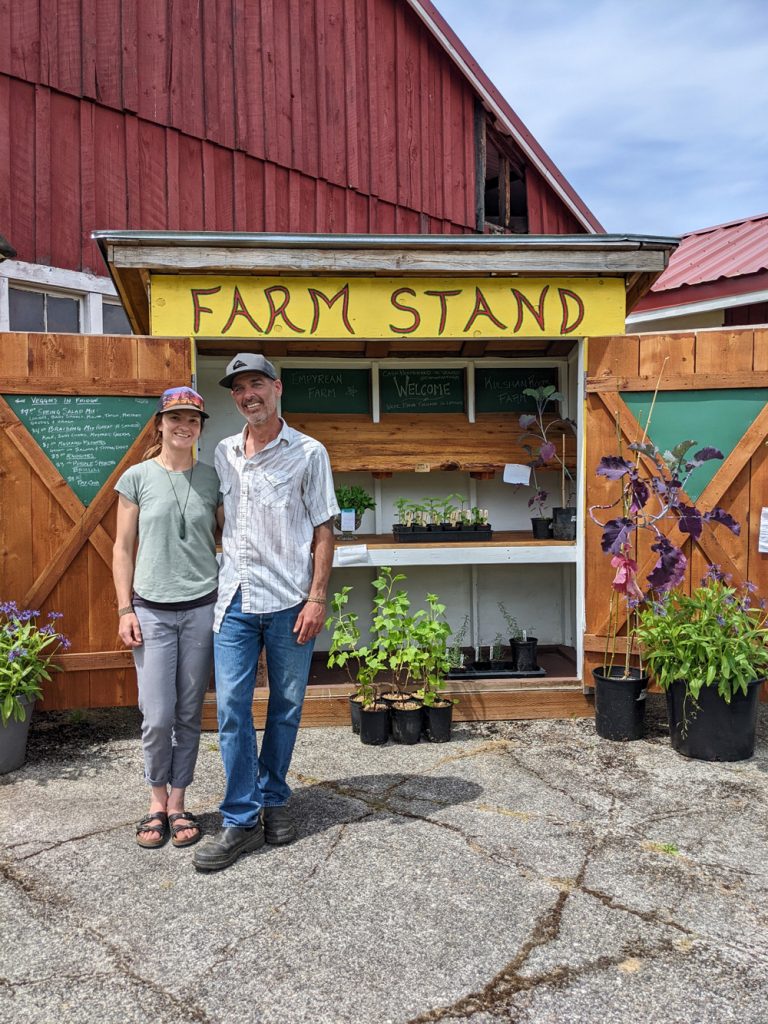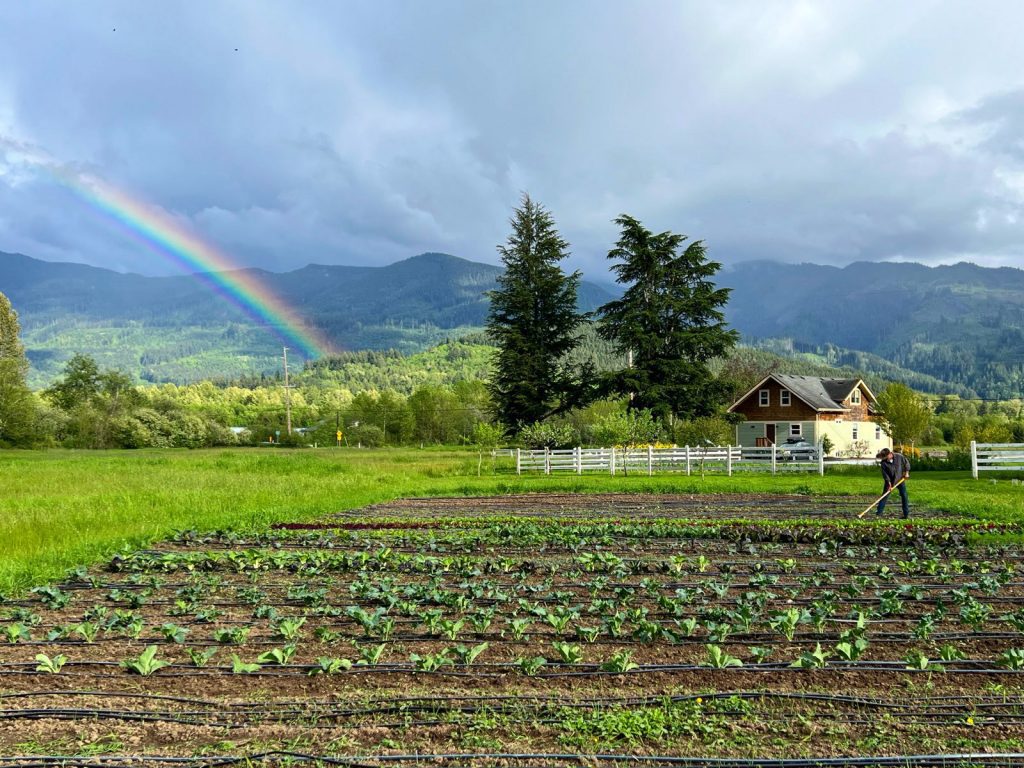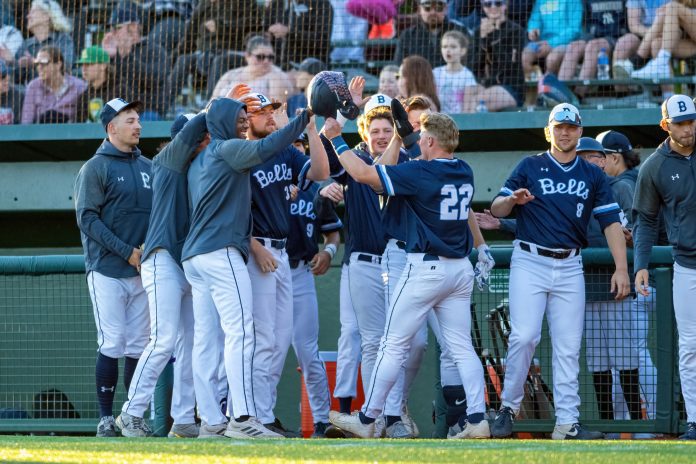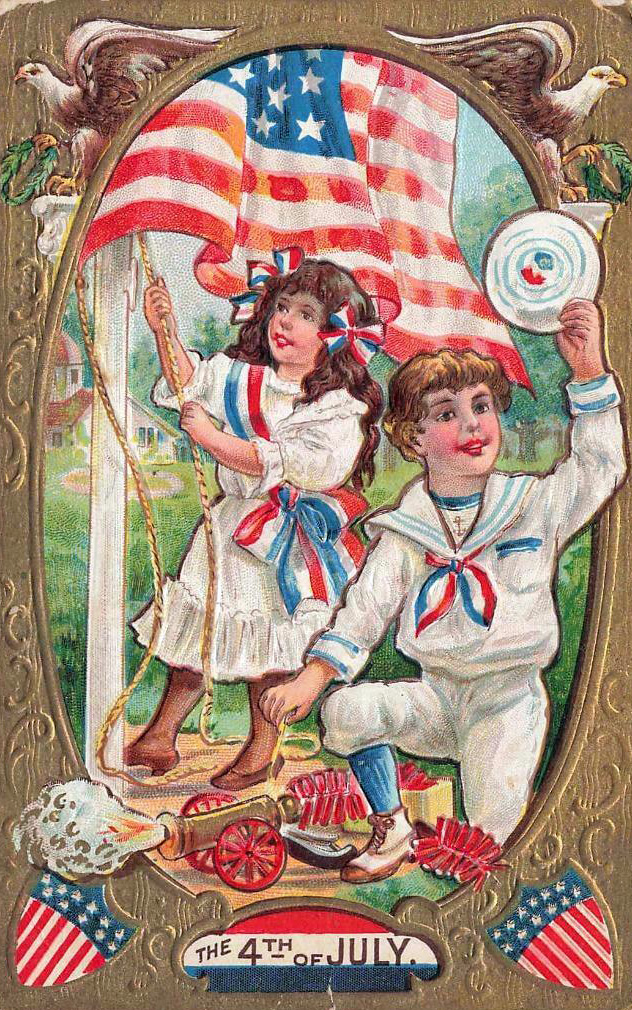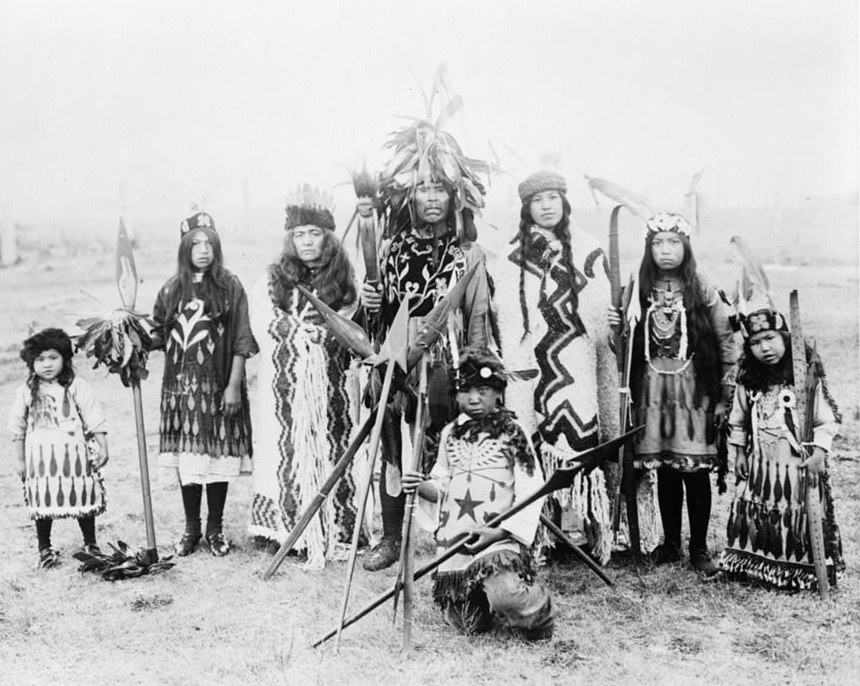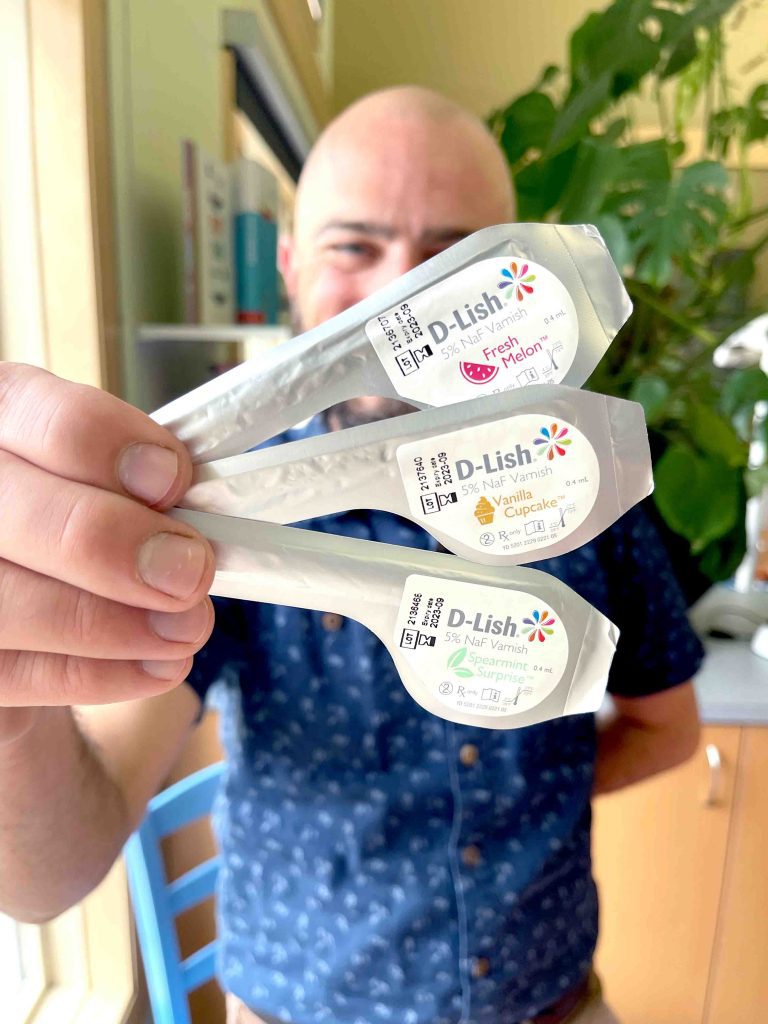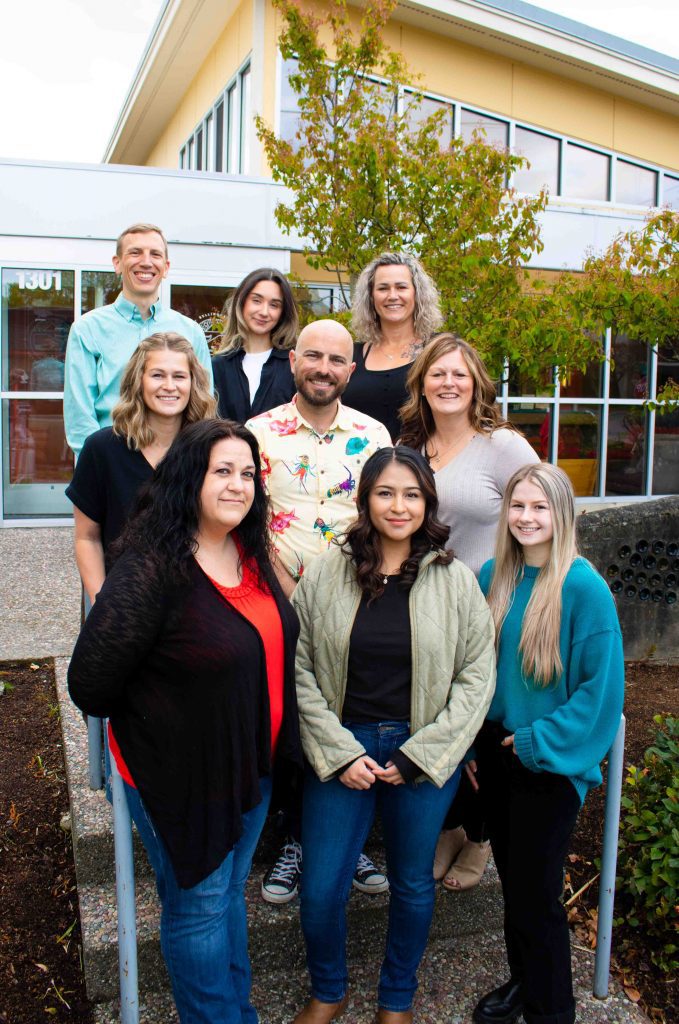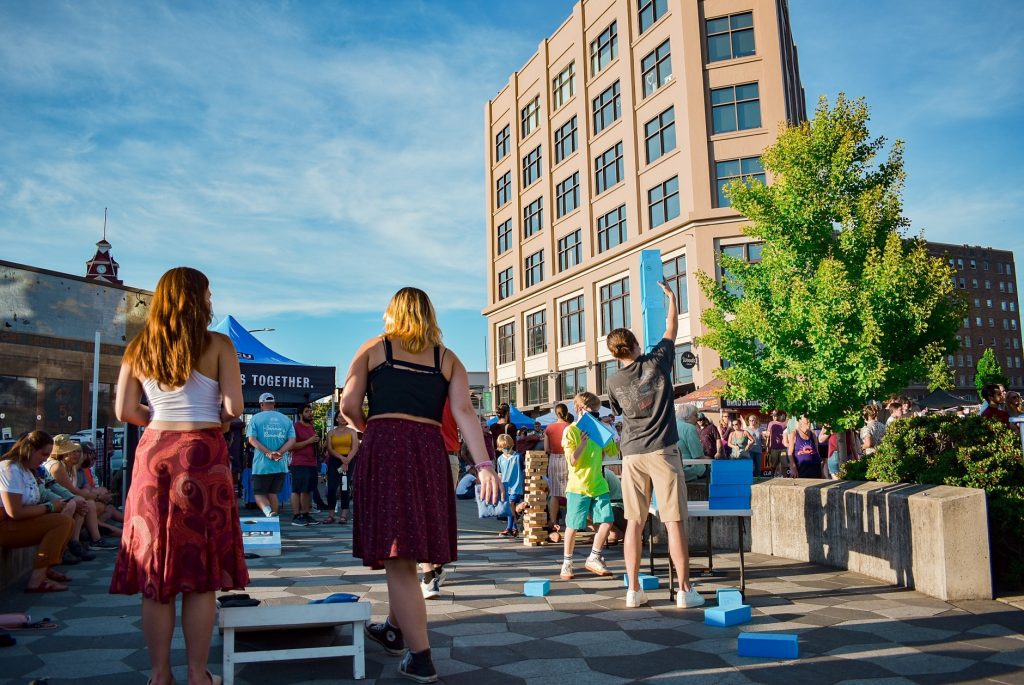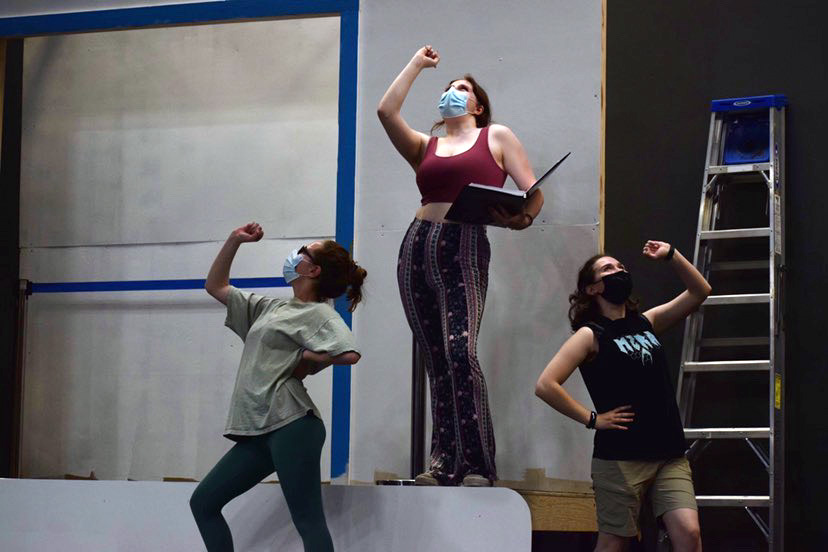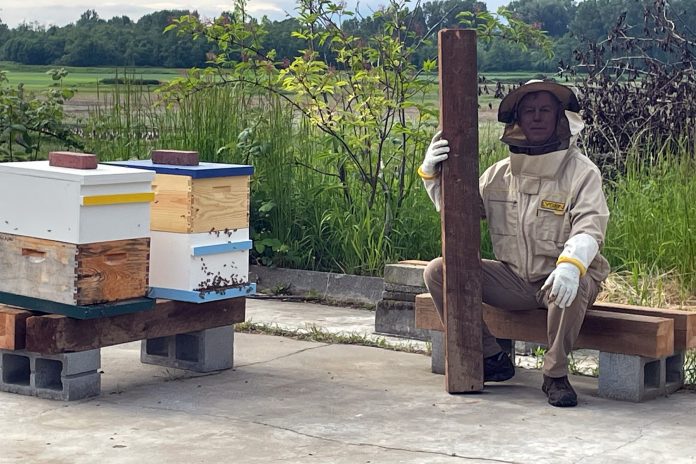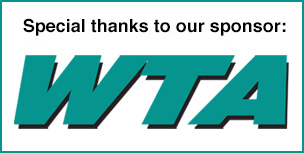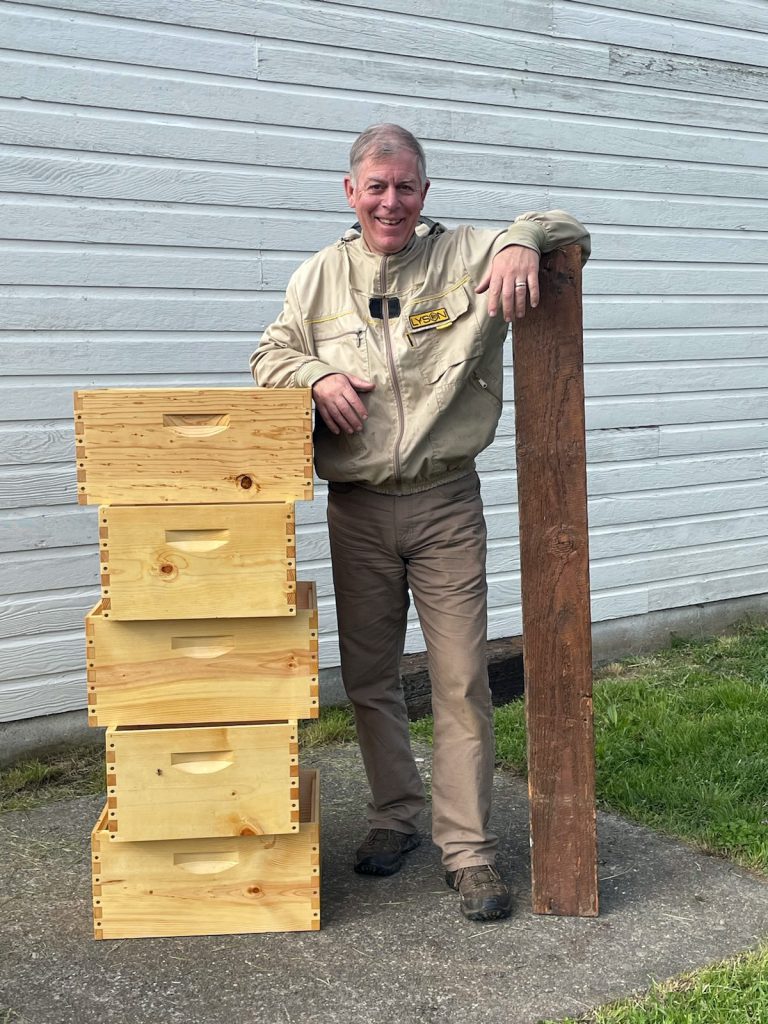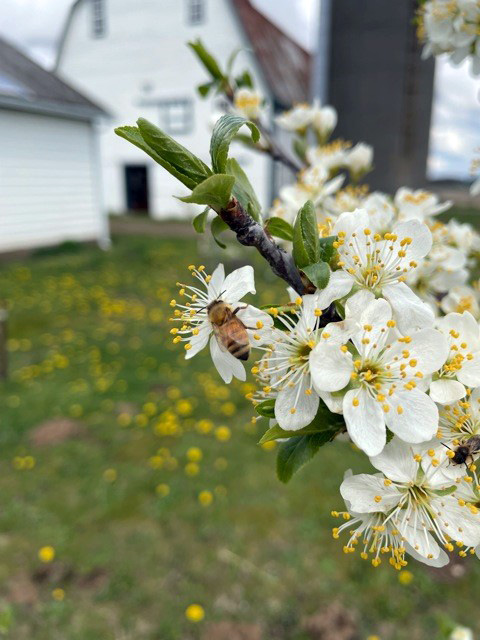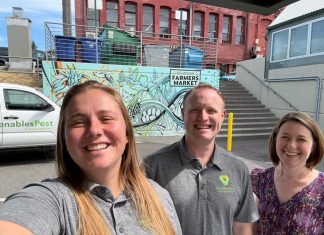Summertime brings with it a magic unique to long sunny days, breezy nights, and outdoor events that evoke joy. The Elizabeth Park Summer Concert Series is a fantastic way to relish yet another beautiful Western Washington summer, brought to life by the Eldridge Society for History and Preservation and Bellingham Parks and Recreation. President of the Eldridge Society and full-time John L. Scott Realtor Peter Roberts sat down with WhatcomTalk to share the concert series’ history and invite music lovers of all ages to come and experience local and beloved artists in the Whatcom community.
“Back in the mid-’80s, the music scene in Bellingham was starting to really develop,” says Roberts. He recalls walking his dog in Elizabeth Park on a foggy, chilly summer night, when his ears were suddenly filled with “an incredibly haunting viola sound. Anna Schaad, who is a pretty well-known local famous musician, was standing in the middle of the gazebo playing her viola.”
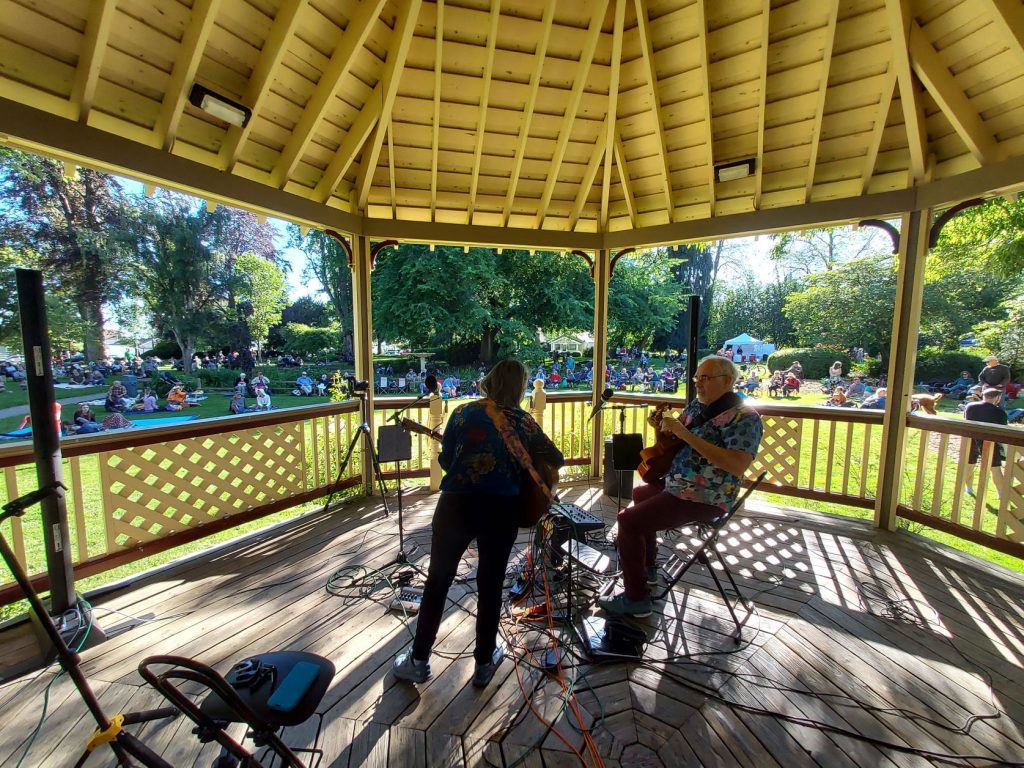
Those ethereal notes struck inspiration in Roberts, who brought together the efforts of himself, Karen Duim — who was the owner of a neighborhood commercial kitchen — and a member of the Eldridge Society’s board of directors, John Barnes, to create concerts in Elizabeth Park on summer nights.
“Karen’s Kitchen supplied her famous homemade pasta dishes for the neighborhood,” Roberts says. “When we first started out, we might have gotten 30 or 40 locals showing up with their homemade dinner or buying a dinner from one of the vendors. It’s grown into over 500 people scattered all over the park.”
The gazebo where it all began became the center of the concert series, where all future participating musicians would set up shop and play their unique compositions.
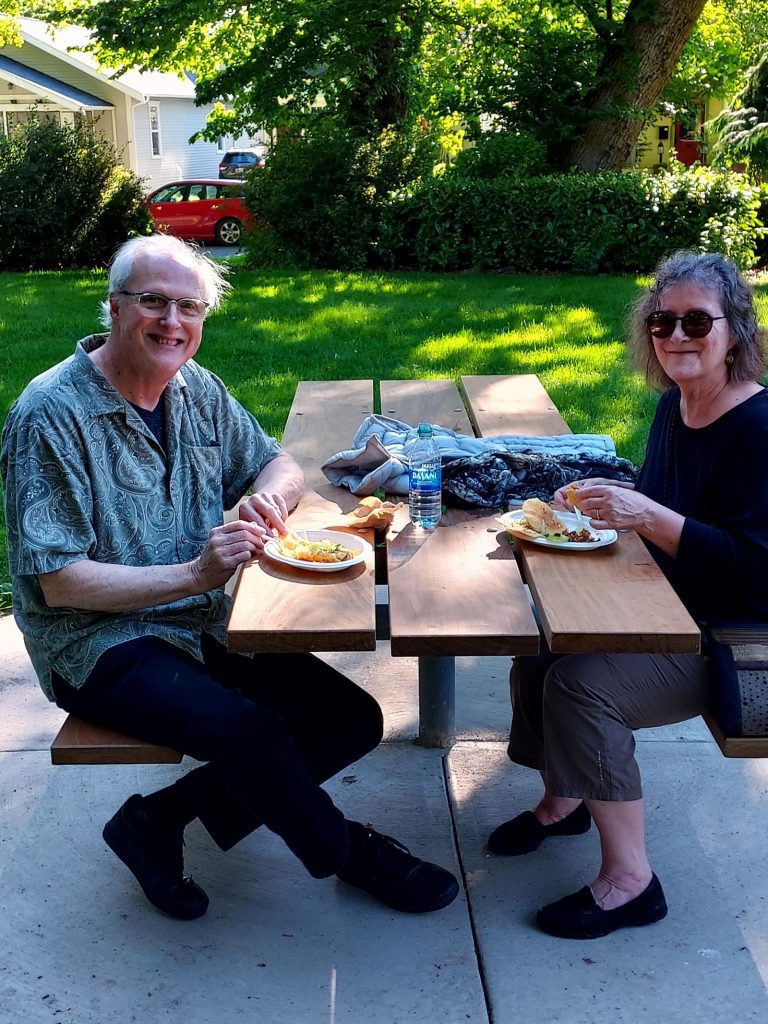
“The gazebo was built by the Eldridge Society of History and Preservation back in 1984,” says Roberts. “Mayor Douglas dedicated it and we did it with the help of the Parks board. The roof needed repair in the late ’90s so, as president, I offered to personally take care of the roof; in return they gave me the rights to hold concerts in the park in perpetuity at no cost to the Eldridge Society.”
The concert series is an ever-growing, treasured community event in Bellingham aimed at bringing folks from all walks of life to the park to share something beautiful. “We get everybody from babies to people well into their 80s and 90s with walkers,” Roberts says. “It’s basically a slice of Bellingham life at the park. It started out as local and it kind of grew into a citywide event to something even bigger than that. To me, it’s like walking home.”
Music director of the series, Marla Bronstein, has been integral to its success for the last nine years. “Marla is very active in both the music and theater scene in Bellingham and Whatcom County, and she selects and schedules the bands,” says Roberts. “She starts picking them in February and we usually have a slate of 10 or 11 concerts by March of any given year.”

The gazebo has hosted several locally famous musicians and artists over the years, such as the Walrus, Heroes, SpaceBand, and bandZandt. “From the beginning, we’ve attempted to keep it local, if possible,” Roberts says. “Though, Marla has recruited people from as far away as Mount Vernon. We like to feature — both in our food vendors and in our music — community-minded local talent. We’ve had everything from one person with a guitar to a 20-piece ensemble play for us.”
The Eldridge Society for History and Preservation is a nonprofit Washington state corporation that usually raises funds via historical home tours. “Due to Marla’s great creativity and the generosity of our followers, we’ve been able to pay for ourselves,” says Roberts. “We do not give the bands a large stipend to play, but they do it for the exposure to the many people who come to Elizabeth Park to listen.”
The event is free, and visitors are encouraged to bring whatever items they like to comfortably experience the Thursday night concerts. “It is a public park and there isn’t any alcohol allowed in a public park, but you’re allowed to bring a picnic lunch or anything you want,” Roberts says. “I personally bring chairs and many people bring blankets. We recycle and compost as much as possible — all of our vendors bring recyclables and compostable items.”
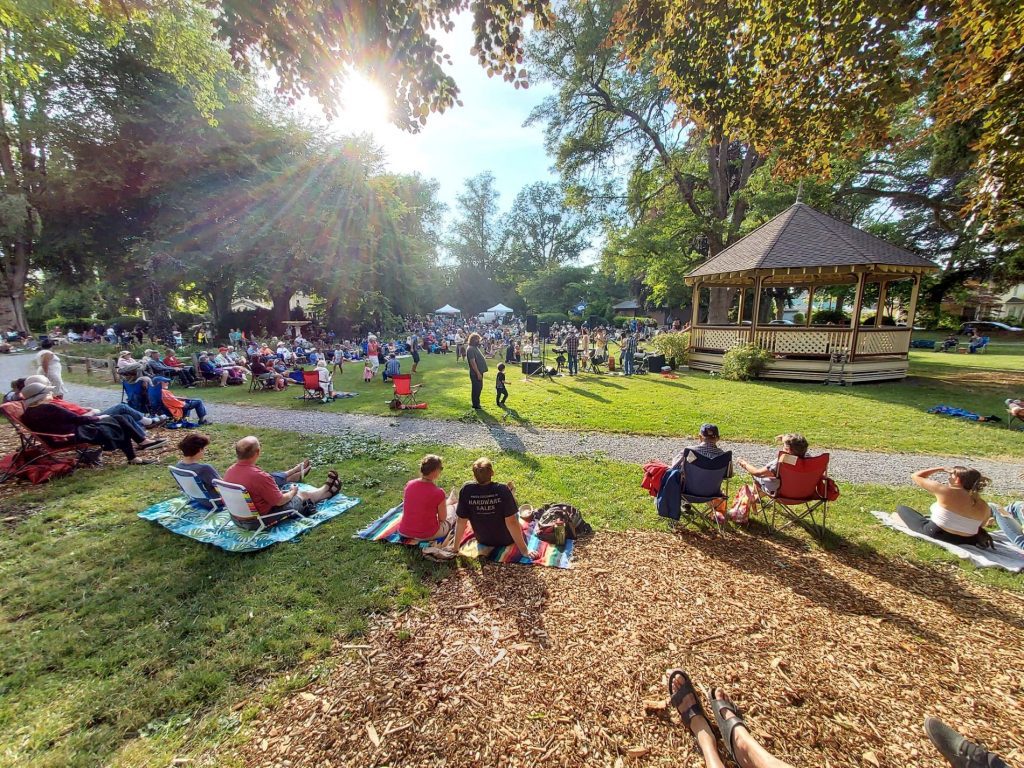
Currently, the park has two vendors during their concerts, for convenience. “We have Edaleen Dairy from Lynden for ice cream treats and have Juanita’s Mexican Kitchen with variations of Mexican fare,” says Roberts. “I’m also working on getting a hotdog vendor to come.”
The series is about community, and Bellingham continues to come together and support the longevity of events like this one. “We did a partial partnership with Whatcom Educational Credit Union,” says Roberts. “They are passionate about supporting communities and they’ve chipped in to help cover the expenses of putting on this free event.”
Roberts recounts memories from his childhood that have served as motivation for the vision of this series. “When I was a young man I lived in Mountain Lakes, New Jersey, a little town halfway between New York City and the Delaware water gap,” Roberts says. “We would have lots of block parties, park events, Fourth of July parades, and fireworks at the big lake. That’s kind of what we’re trying to accomplish here. We’re trying to have a community-oriented affair that brings a whole bunch of people together for a healing, listening, all-age appropriate event.”
The Eldridge Society works to preserve human connection and history, continuing to successfully bring the Elizabeth Park Concert Series to Bellingham every summer.
Click here for a list of concert dates and performers.
Peter Roberts welcomes your real estate questions and can be contacted through his webpage or at 360.739.3660.
Sponsored






